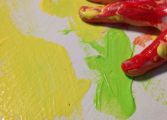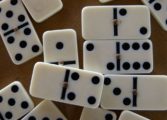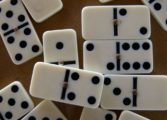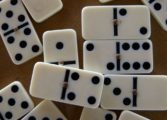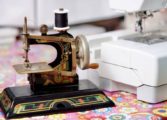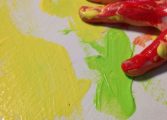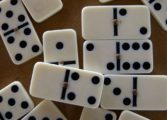Hobby Books: A Comprehensive Guide to the World of Creative Pursuits

Introduction:
Are you someone who loves to indulge in hobbies and explore various creative pursuits? If so, then hobby books are an essential resource to have in your collection. In this article, we will delve into the world of hobby books, highlighting their importance and providing valuable insights for individuals who are generally interested in this topic. Whether you are a beginner or an experienced hobbyist, this guide aims to equip you with the necessary knowledge to make the most out of your creative endeavors.
What are Hobby Books?

Hobby books are literature pieces that offer guidance, inspiration, and instructions in various areas of creative hobbies and do-it-yourself (DIY) projects. They serve as comprehensive references for individuals seeking to explore new hobbies, enhance their skills, or find new projects to embark on. These books cover a wide range of subjects, including arts and crafts, gardening, cooking, photography, woodworking, and many more. They can be found in different formats such as hardcover, paperback, e-books, and even audio books.
Historical Evolution of Hobby Books:
The origins of hobby books can be traced back to ancient civilizations, where individuals documented and shared their knowledge and skills in various artistic pursuits. One example is the ancient Egyptian Book of the Dead, which contained instructions and rituals for afterlife adornment and artwork. Throughout history, illuminated manuscripts played a significant role in the transfer of creative knowledge. These manuscripts were meticulously handcrafted and featured intricate illustrations and text, providing insights into techniques and artistic practices.
The advent of printing press technology revolutionized the availability and accessibility of hobby books. In the 19th century, the Arts and Crafts Movement emerged, emphasizing the value of handcrafted objects and promoting the importance of sharing knowledge and skills through books. This movement influenced a new wave of hobby books, which focused on teaching various artistic techniques and encouraging individuals to embrace creativity.
In the 20th century, there was a surge in hobby books catering to a broader range of interests. The rise of photography, DIY home improvement, and the popularity of artistic hobbies created a demand for specialized books in these areas. Additionally, advancements in publishing and printing technology allowed for more visually appealing and instructive hobby books, further fueling their popularity.
Today, hobby books are widely available in both physical and digital formats. They continue to evolve, adapting to the changing needs and interests of hobby enthusiasts. The rise of online platforms and social media has facilitated the sharing and promotion of hobby books, enabling individuals to connect, learn, and showcase their creations to a global audience.
Understanding the Key Elements of Hobby Books:
For hobby enthusiasts, there are several key elements to consider when exploring hobby books. These elements can significantly impact the quality and effectiveness of a book in helping individuals to hone their skills and deepen their understanding. Some crucial aspects to look for include:
1. Comprehensive Instruction: Hobby books should provide step-by-step instructions, guiding readers through projects or techniques in a clear and concise manner. Whether it is learning to knit, creating an oil painting, or perfecting a woodworking technique, the instructions should be detailed and easy to follow, ensuring successful outcomes.
2. Visual Inspiration: Visual representation is essential in hobby books as it enables readers to grasp concepts and techniques more effectively. High-quality images, illustrations, and diagrams enhance the learning experience, giving readers a visual reference to accompany the text. In the digital age, many hobby books feature videos and interactive elements to further aid in comprehension.
3. Variation and Versatility: A good hobby book should offer a range of projects or techniques to cater to different skill levels and interests. It should provide options for beginners, intermediate learners, and advanced practitioners, allowing individuals to progress and experiment at their own pace.
4. Expert Knowledge: Hobby books written by experienced individuals in their respective fields carry immense value. Authors who possess deep knowledge and expertise in a particular hobby can provide unique insights, tips, and tricks that significantly enhance the learning process. It is always beneficial to read books authored by renowned artists, chefs, photographers, or enthusiasts who have made significant contributions to their crafts.
5. Engaging Format: The format of a hobby book plays a crucial role in its accessibility and appeal. A well-designed layout with clear typography, attractive cover designs, and organized content increases the likelihood of readers engaging with the book. The use of bullet points, subheadings, and highlighted sections helps readers navigate through the material more easily and locate specific information.
Conclusion:
Hobby books are an indispensable resource for individuals passionate about exploring creative pursuits and honing their skills. From ancient manuscripts to modern-day publications, these books have evolved over time to cater to a wide range of hobbies and interests. By providing comprehensive instructions, visual inspiration, and expert knowledge, hobby books empower individuals to embark on exciting projects, learn new techniques, and unleash their creativity. Whether you are a Hobbysæt or DIY-project enthusiast, a well-curated collection of hobby books is sure to inspire and enhance your creative journey. So, grab a book, dive into the world of hobbies, and let your imagination soar.








